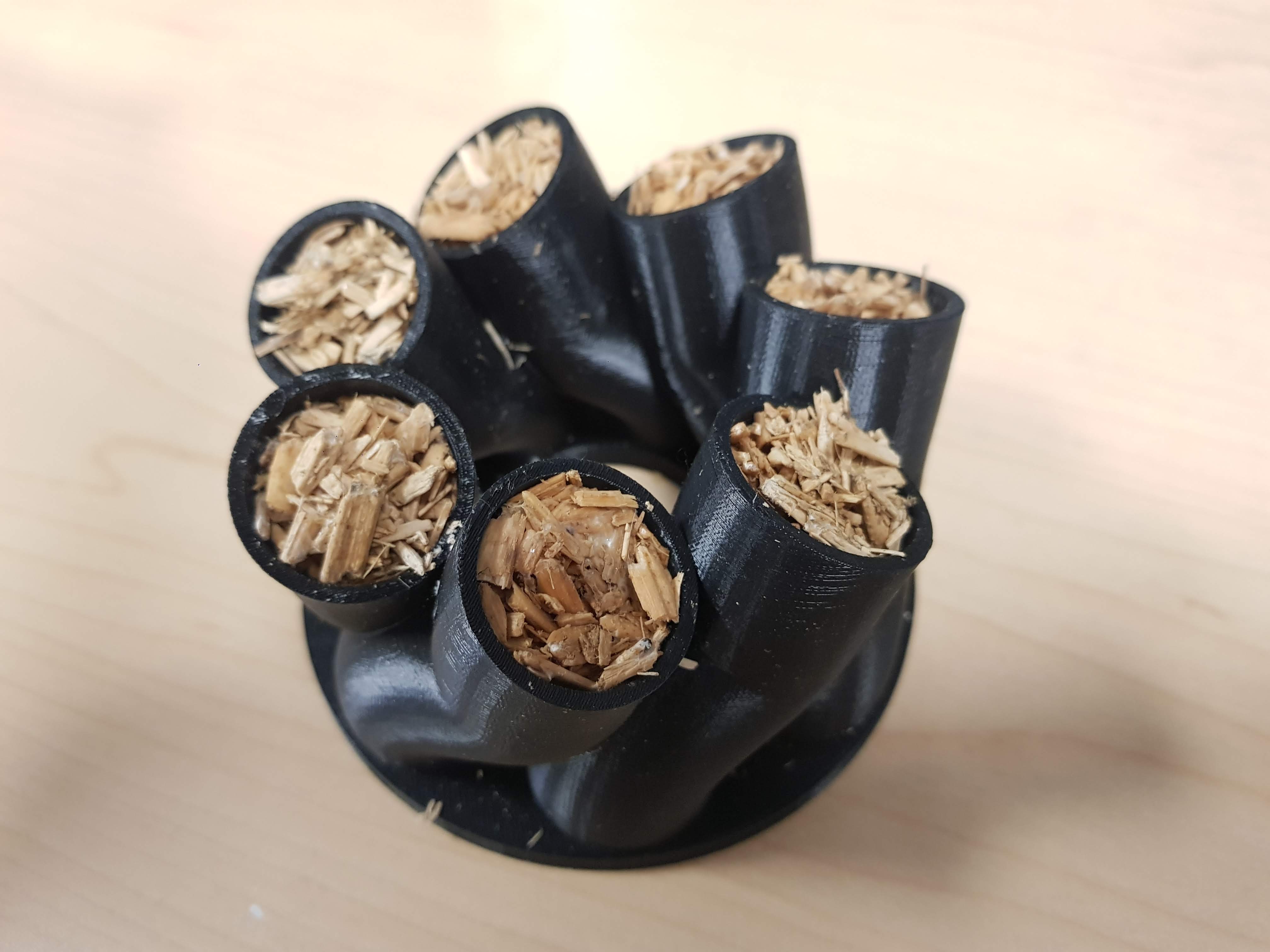Week 9 - 3D Bioprinting and Biofabrication
Experimental SetUp
This week's assignment is an exciting one. We will be playing with cardiac organoids / EHTs. Over the past months, Patrick has cultures some 2D cardiac cell tissues. The cells will be placed in silicone racs with elastomeric poles. The cells create a tissue that connects both of the poles. When active, the cells will push and pull the two poles apart and away from each other. As seen in the image below:

The displacement of the poles will allow us to understand the different forces that the cells are creating. Image processinfg will then allow us to calculate contractile force / displacement of the EHTs. A big area of intrest for this types of tissues and experiments is on medical applications that enable us to test the direct effects of diferent drugs on the behavior of the selected cells. We will be setting up several experiments to test out the following drugs (I've also stated some of the effects that these drugs could have on heart cells):
- Caffeine - Stimulates intenisty of heart contractions.
- Oxytocin - The drug is asssociated with a vaso dilatory effect, lowering blood pressure and relaxation.
- Atosiban - Inhibits oxytocin so the effects should be the contrary to the ones seen with oxytocin.
- Isprenaline - Used for treatment of bradycardia as it accelerates heart rate.
- Theobromine - Can be found in cocoa and tea. It acts similarly to caffeine.
- Adrenaline - Potent stimulant realeased by the out body. We should see increased intenisty in the movement of cardiac cells.
- Norephinephrine - This hormone is also asssociated with increased cardiovascular activity.

Playing with Mycelium
I wanted to test out building some molds for growing mycelium. I built two simple molds to start testing it out. I'll update it when I see it start to grow. I would be very interested in manufacturing engineering parts with mycelium and seeing the mechanical characteristics that they could have.


